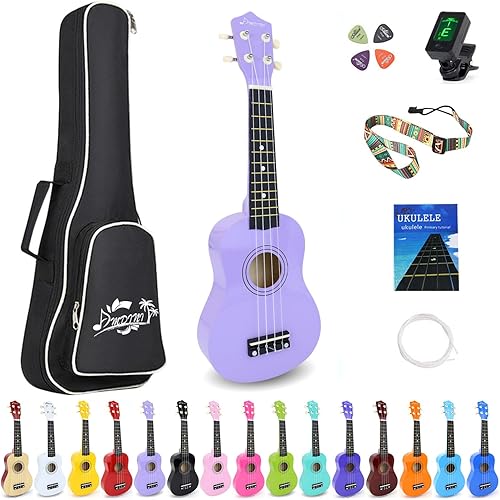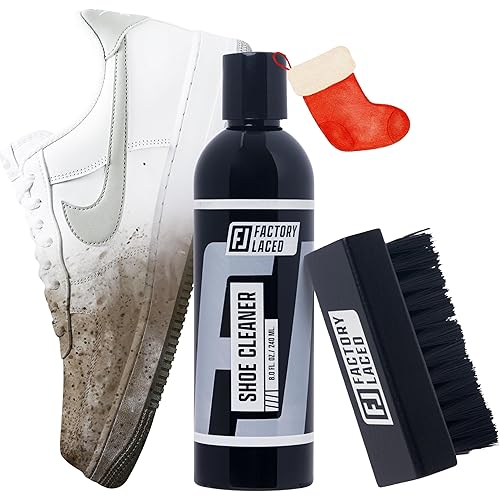Kahtoola MICROspikes Footwear Traction for Winter Trail Hiking & Ice Mountaineering







Buy Now, Pay Later
- – 6-month term
- – No impact on credit
- – Instant approval decision
- – Secure and straightforward checkout
Ready to go? Add this product to your cart and select a plan during checkout.
Payment plans are offered through our trusted finance partners Klarna, Affirm, Afterpay, Apple Pay, and PayTomorrow. No-credit-needed leasing options through Acima may also be available at checkout.
Learn more about financing & leasing here.
Selected Option
This item is eligible for return within 30 days of receipt
To qualify for a full refund, items must be returned in their original, unused condition. If an item is returned in a used, damaged, or materially different state, you may be granted a partial refund.
To initiate a return, please visit our Returns Center.
View our full returns policy here.
Recently Viewed
Color: Forest Green
Size: Small
Features
- BEST FOR: Winter hiking, backpacking, ice-trekking, ice fishing and trail-running. The MICROspikes are designed for all-around use and your backcountry winter adventures! Ideal for hiking shoes and boots and to be used on mountain trails.
- SPIKE DESIGN: 12 heat-treated stainless-steel corrosion resistant spikes per foot. 8 spikes at the forefoot, and 4 spikes at the heel ensure optimal traction that aggressively bites into icy terrain.
- ELASTOMER HARNESS & REINFORCED EYELETS: Using a patented eyelet design, tough TPU inserts reinforce key stress points, allowing the elastomer harness to be strong yet lightweight. Constructed from a durable TPE for a secure fit that remains stretchy in cold temperatures, down to -22F (-30C).
- ADDITIONAL FEATURES: Welded stainless steel chains provide grip and prevent snow buildup, while remaining flexible and highly packable. Pack size: 5 x 3 x 2 inches (30 in3). The integrated toe bail and tough TPU inserts prevent the toe from pushing through the stretchy elastomer harness.
- KAHTOOLA: Est. in 1999 Kahtoola is on a mission to build exceptional products that make the outdoors more accessible and rewarding. Please see sizing chart in product images. 2-year manufacturer warranty. Shoes not included.
Size: Small
Sport: Running, Mountaineering, Fishing
Style: Spike
Brand: Kahtoola
Material: Stainless Steel, Thermoplastic Elastomer (TPE)
Item Package Dimensions L x W x H: 7.91 x 4.25 x 2.44 inches
Package Weight: 0.34 Kilograms
Brand Name: Kahtoola
Color: Forest Green
Material: Stainless Steel, Thermoplastic Elastomer (TPE)
Manufacturer: Kahtoola
Part Number: KT02014
Style: Spike
Size: Small
Sport Type: Running, Mountaineering, Fishing
Date First Available: January 17, 2023
Frequently asked questions
To initiate a return, please visit our Returns Center.
View our full returns policy here.
- Klarna Financing
- Affirm Pay in 4
- Affirm Financing
- Afterpay Financing
- PayTomorrow Financing
- Financing through Apple Pay
Learn more about financing & leasing here.





















![FORLIM [Upgraded Temperature Control] Boot Dryer for Work Boots - Shoe Dryer with 24-Hour Delay Timer, Portable Glove Dryer & Boot Warmer, Automatic Shut-Off Timer, Folding Design, Smart Panel, Black](https://m.media-amazon.com/images/I/71PdM3DgBPL._AC_US500_.jpg)

